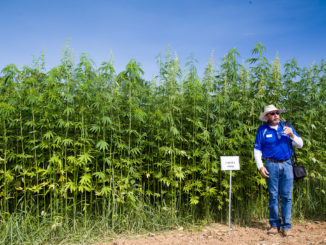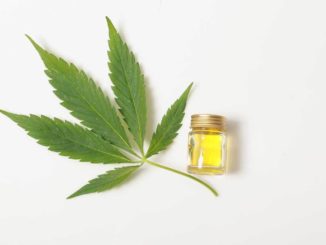
Cannabis is the greek word for “hemp”, from which the word “canvas” is derived, after the plants fibrousness. A genus containing a single species of tall coarse annual, found in most moist soils, especially as a weed of nitrogen-rich soils near human habitation.
In Victorian gardening manuals it is listed as an elegant “dot-plant” for summer borders. The Scythians, who lived north of the Black Sea 3000 years ago, produced intoxicating vapours by throwing cannabis on to hot stones. Cannabis has been grown in Asia and the Middle East for over 4000 years, both as a fibre plant and as a drug. Therapeutic uses were described in Indian medical texts before the 5th century BC. Today its possession and use are illegal, or subject to strict controls, in most Western countries and Australia and New Zealand, but legal and socially acceptable in many parts of Asia and the Middle East, where the dried plant or resin is is commonly smoked or eaten. The various common names for cannabis refer to specific preparations: haseesh – resin from the female plant, usually smoked in water pipes; bhang – dried plant mixed into water, fruits or candy; charas – resin smoked or eaten with spices; ganja – dried tops of the female plant.
European herbals of the 16th century include the plant, which John Gerard called “Indian dreamer”. Cannabis was listed in the pharmacopoeias of many countries, including the USA, until its restriction in 1930. It contains more than 60 kinds of cannabinoids, including delta 9-tetrahydrocannabinol (THC), which is largely responsible for the psychoactive effects. Modern research confirms that cannabis is effective for a large range of medical treatments, its illegal status has suppressed therapeutic use i the West. Cannabis is still largely used in traditional chinese medicine.
CULTIVATION (WARNING)
Cultivation, harvesting, and processing of cannabis plants are subject to legal restrictions in many countries. Approved varieties many be cultivated for its fibre (hemp). cannabis sativa is a strong-smelling, variable annual with long taproot, erect branched stems and palmate leaves. Panicles of small green flowers appear in summer, male and female on separate plants.
Parts used: Whole plant, oil flowering tops and seeds
Properties: Subsp. indica has analgesic, anti-emetic, anti-inflammatory, and sedative properties; it is also a laxative and hypotensive.
Medicinal uses: Internally for nausea and vomiting associated with cancer chemotherapy, to reduce ocular pressure in glaucoma, ease muscular stiffness and tremors in multiple sclerosis, and help AIDS patients gain weight (subsp. indica). Externally for corns, sores, and varicose ulcers. Seeds (huo ma ren) used in traditional Chinese medicine to treat constipation caused by debility or fluid deficiency.
Culinary uses: Seeds are ingredient in whole food cuisine and beers, and used as a condiment in Japanese food, notably in the spice mixture shichimi. Seed oil is used for culinary purposes. dried herb is an ingredient of Moroccan candy (majoun) and is important as a flavoring in Ital (rastafarian) cooking.
Economic uses: Source of fibres for rope making. Oil pressed from seeds is added to cosmetics.
WARNING THIS HERB IS SUBJECT TO LEGAL RESTRICTIONS IN MANY COUNTRIES
Proudly WWW.PONIREVO.COM
by Andrew Smit



